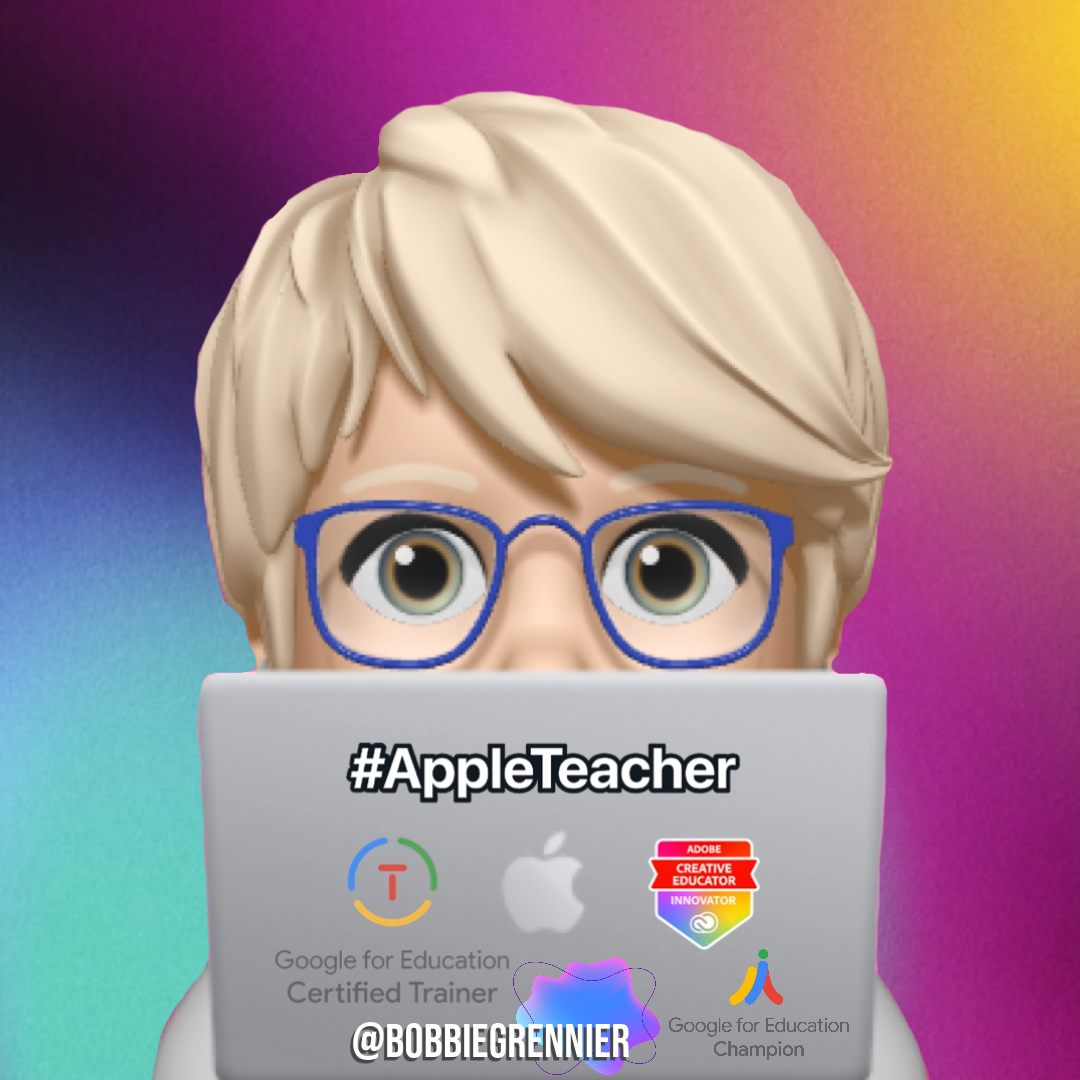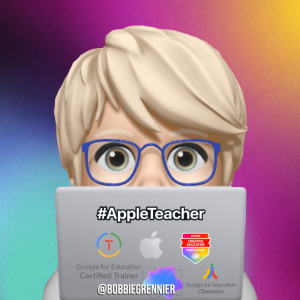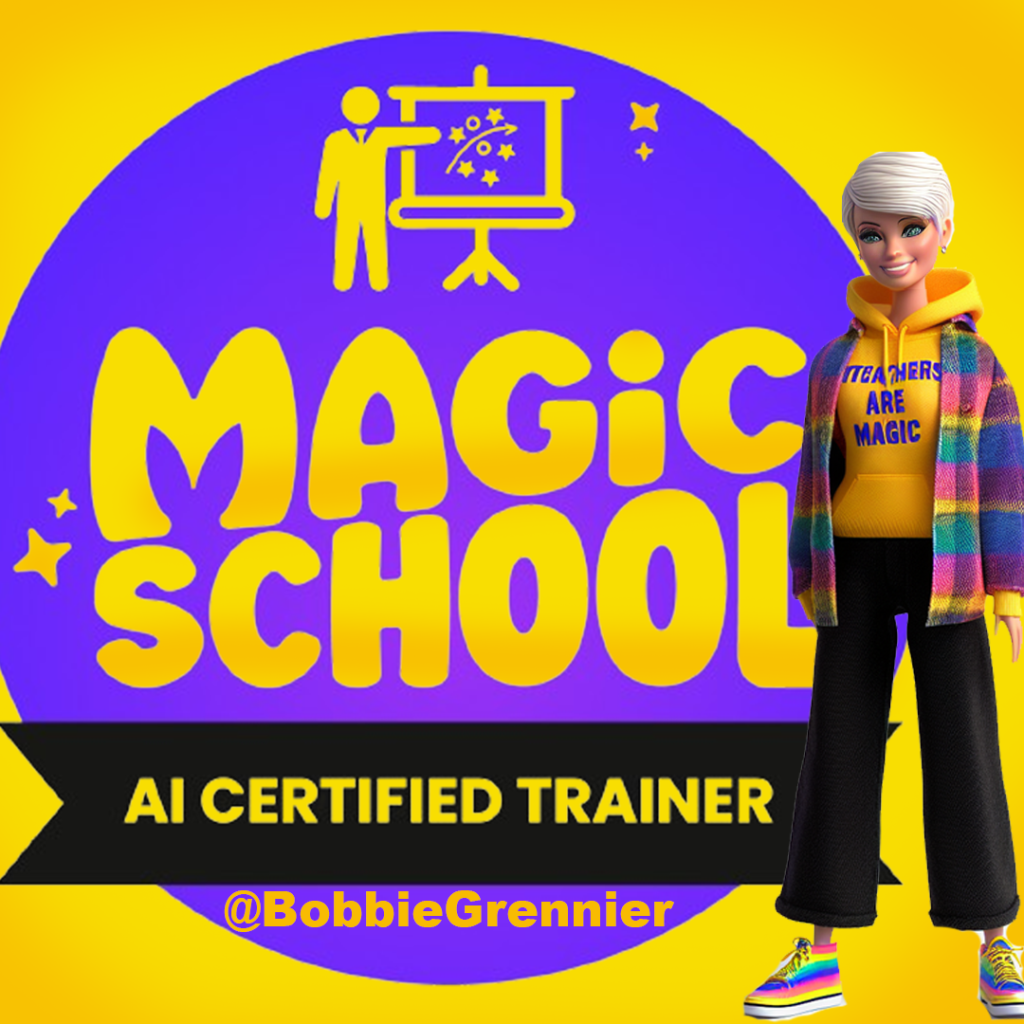Specially Designed Academic Instruction in English
SDAIE or Specially Designed Academic Instruction in English, has classroom instruction identical to mainstream objectives except it also includes language and learning-strategy objectives.
SdaIE in a Nutshell
SDAIE features content instruction taught by content-area teachers with English language support.
SDAIE addresses these needs of English learners:
-
-
- learn grade appropriate content
- master English vocabulary and grammar
- learn academic English
- develop strategies for learning how to learn
-
SDAIE Model
-
-
- content
- connections
- comprehensibility
- interaction
-
Language Objectives take into account the vocabulary, discourse and language functions (listening, speaking, reading, writing).
Learning Strategies help students learn how to learn.
Scaffolding, not just for painters
Learning happens when students realize a connection between what they know and the learning experience.
-
-
- bridging – linking concepts and skills to student experience.
- scaffolding – schema building links old learning to new.
-
Adapted Instruction
-
-
- brainstorming
- KWL
- Venn diagrams
- twenty questions
- debates
- interviews
-
Schema Building
With little prior knowledge about topics, students will need more instructional support. Scaffolding can help students build schemata, constructing a framework of concepts that show the relationships of old and new learning and their connection. Graphic organizers or schematic maps are ideal.
SDAIE Strategies
-
-
- contextualization
- modeling
- speech adjustment
- comprehension checks
-
Contextualization is when verbal lesson is supplemented with manipulatives, realia, media, and visual backups. During the lesson, verbal markers provide structure so students understand what’s expected (like first, second, compare, define, explain, etc.).
Modeling is a hands-on explanation to help students understand a process.
Speech adjustment might mean a reduction in the amount of teacher talk and an increase in the student assigned talking. Teachers would slow their speech and articulate clearly.
Examples of comprehension checks are thumbs up or down, voting, drawing, graphing, show if hands, etc. This is good for students in the “silent period” of language acquisition. A well structured classroom really helps too.





















